Feeling Lost with Gut Health? Let’s Ditch the Confusion and Start Healing
For years as a nutritionist, I’ve watched the conversation around gut health get incredibly loud and confusing. It feels like every day there’s a new miracle supplement or a trendy, forbidden-foods list promising a perfect gut. I’ve had so many people walk into my office looking totally defeated, carrying bags of expensive powders they bought online, and feeling worse than when they started. My first step is always the same: we put the bag down, take a deep breath, and talk about what’s really going on.
In this article
Here’s the thing: your gut isn’t a broken-down car you can just swap parts on. It’s a living, breathing ecosystem. Think of it like a garden. You wouldn’t just toss seeds onto dry, cracked dirt and expect beautiful flowers, right? Of course not. You have to prep the soil, enrich it, and then plant a variety of seeds that help each other grow. This guide is built on that exact idea. It’s not a quick fix; it’s about learning how to tend to your inner garden for the long haul.
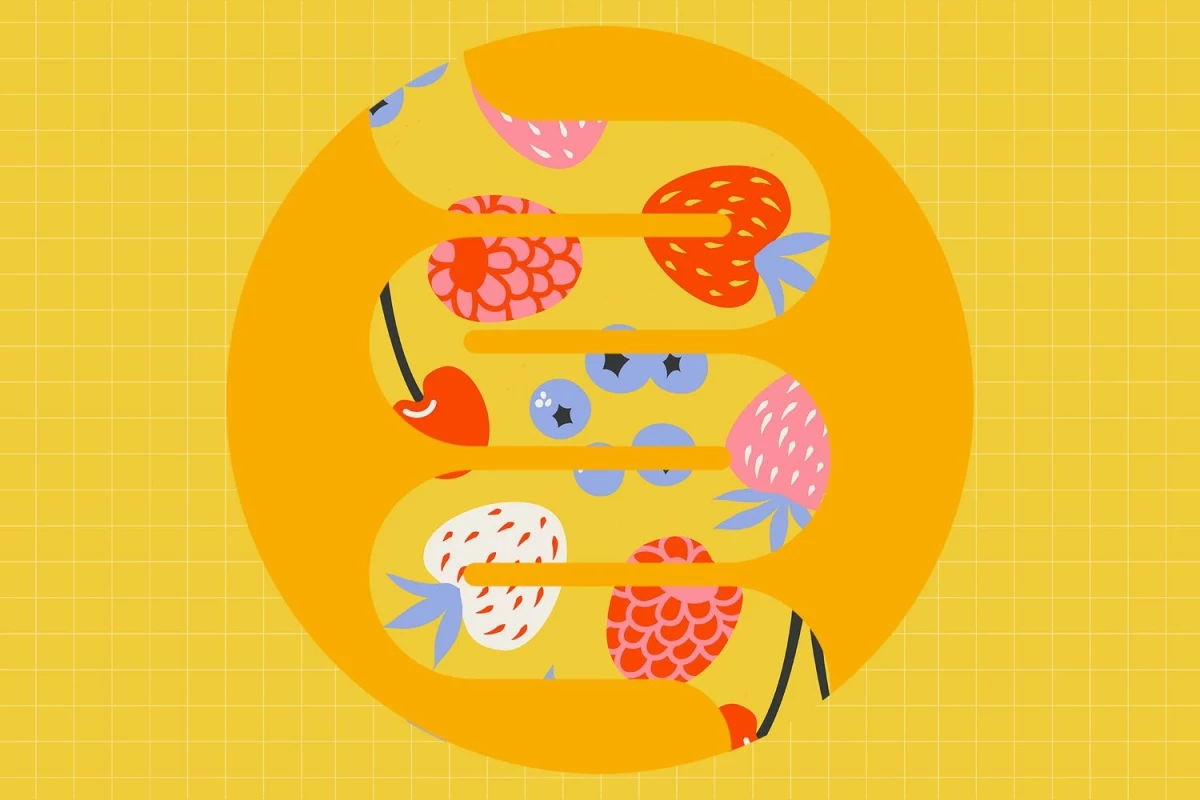
First, Understand Your Inner Garden (The Simple Science)
Before we even think about what to eat, let’s get a handle on the ‘why’. Your gut is home to trillions of tiny microorganisms—bacteria, fungi, and more. This whole community is called your gut microbiome. For a long time, we thought its only job was to digest food, but we now know it does so much more. It literally talks to your brain, helps run your immune system, and even creates essential vitamins for you.
A healthy gut is all about diversity. Picture a lush rainforest buzzing with thousands of different plants and animals, all working in harmony. A struggling gut is more like a massive cornfield—just one crop, making it super vulnerable to pests and disease. Our goal is to build that vibrant rainforest inside of us. To do that, we just need to know three key ideas:
- Prebiotics: These aren’t bacteria. They’re the food for your good bacteria. Think of them as the rich, organic fertilizer for your garden soil. They’re specific types of fiber your body can’t digest, so they travel down to your gut and nourish your friendly microbes.
- Probiotics: These are the good guys themselves—the beneficial bacteria. When you eat certain foods, you’re introducing them into your system. This is like planting new, healthy seeds in your prepped and fertilized garden.
- Postbiotics: This is the magic that happens next. When your good bacteria (probiotics) munch on their favorite food (prebiotics), they produce amazing, health-giving compounds. These are called postbiotics, and they’re the ‘fruit’ of your well-tended garden, directly fueling the cells of your gut lining and reducing inflammation.
Honestly, understanding that simple cycle—Fertilizer -> Seeds -> Fruit—is the absolute key. It’s why just popping a probiotic pill often doesn’t work if you aren’t eating the right fiber to feed them!

Step 1: Prepare the Soil with Prebiotic Foods
This is easily the most important step, and it’s the one most people skip in their rush for a quick fix. You have to feed the good bacteria you already have. Focusing on prebiotic fiber first almost always gives the most lasting results.
The Onion & Garlic Family
Onions, garlic, and leeks are prebiotic powerhouses. But they are potent! I often see people read an article, get excited, and start adding raw garlic to everything. The result? A whole lot of gas and bloating. That’s not an allergy; it’s your gut microbes throwing a massive party with food they aren’t used to yet.
My advice: Start slow and cook them first. Heat breaks down the fibers a bit, making them easier to handle. Try adding a half-cup of cooked leeks to a soup or some sautéed onions to your stir-fry. Your system will adapt over a few weeks, and then you can ramp it up. Consistency over intensity is the name of the game.
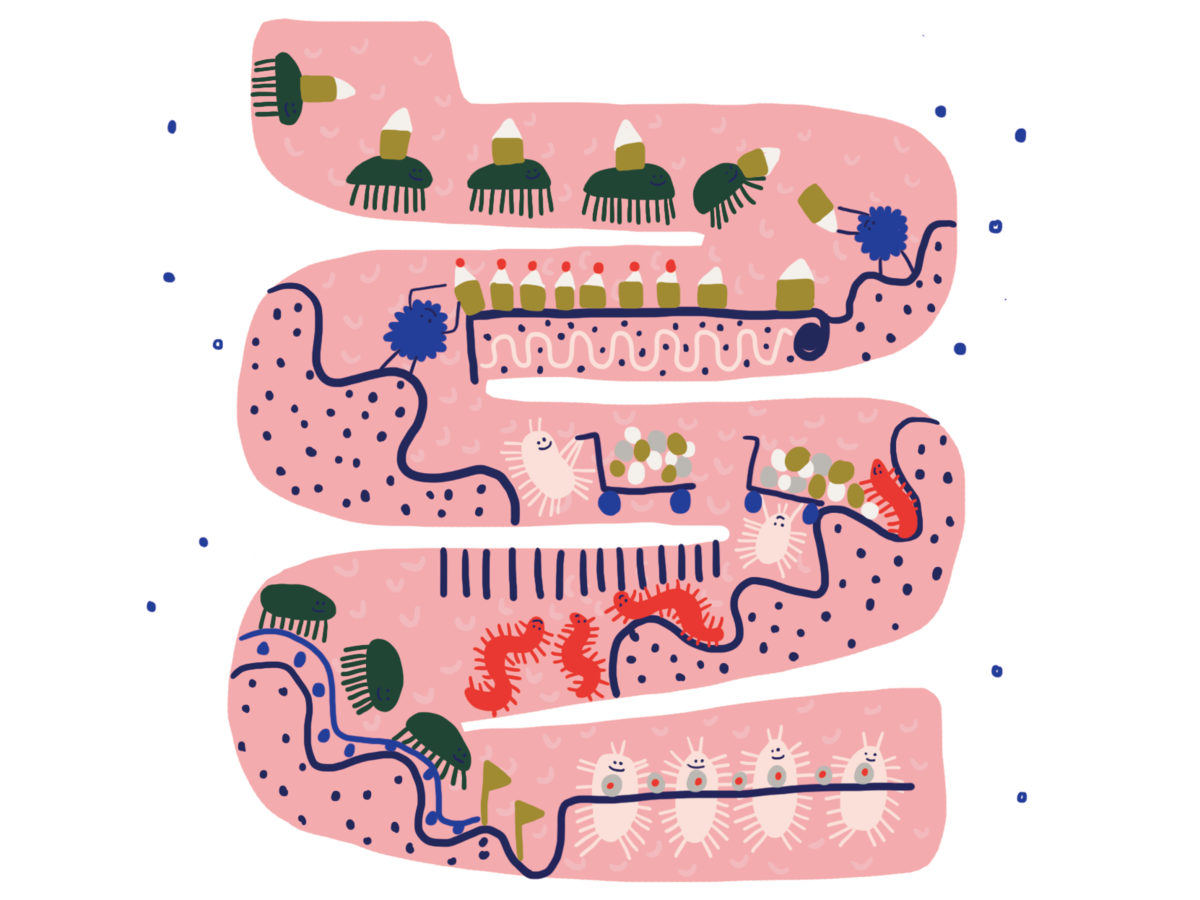
Tubers like Jicama & Jerusalem Artichokes
Jerusalem artichokes might just be the most powerful prebiotic out there. Because of this, I call them the ‘double-edged sword’. They work wonders, but they can cause some serious gas if you go all-in too fast. I once had a client eat a whole bowl of them and feel miserable for two days. It’s a classic mistake.
A safer bet: Treat it like a supplement. Start with just one tablespoon, cooked and finely diced, mixed into a bigger dish. See how you feel. A much milder (and crunchier) alternative is jicama. You can slice it up and eat it raw in salads. It’s refreshing and a great, gentle source of prebiotic fiber.
The Magic of Resistant Starch
Resistant starch is another gut superstar. It earns its name by ‘resisting’ digestion until it reaches your large intestine, where it becomes a feast for your microbes. The easiest sources are cooked and cooled potatoes, slightly green bananas, and cooked and cooled rice.
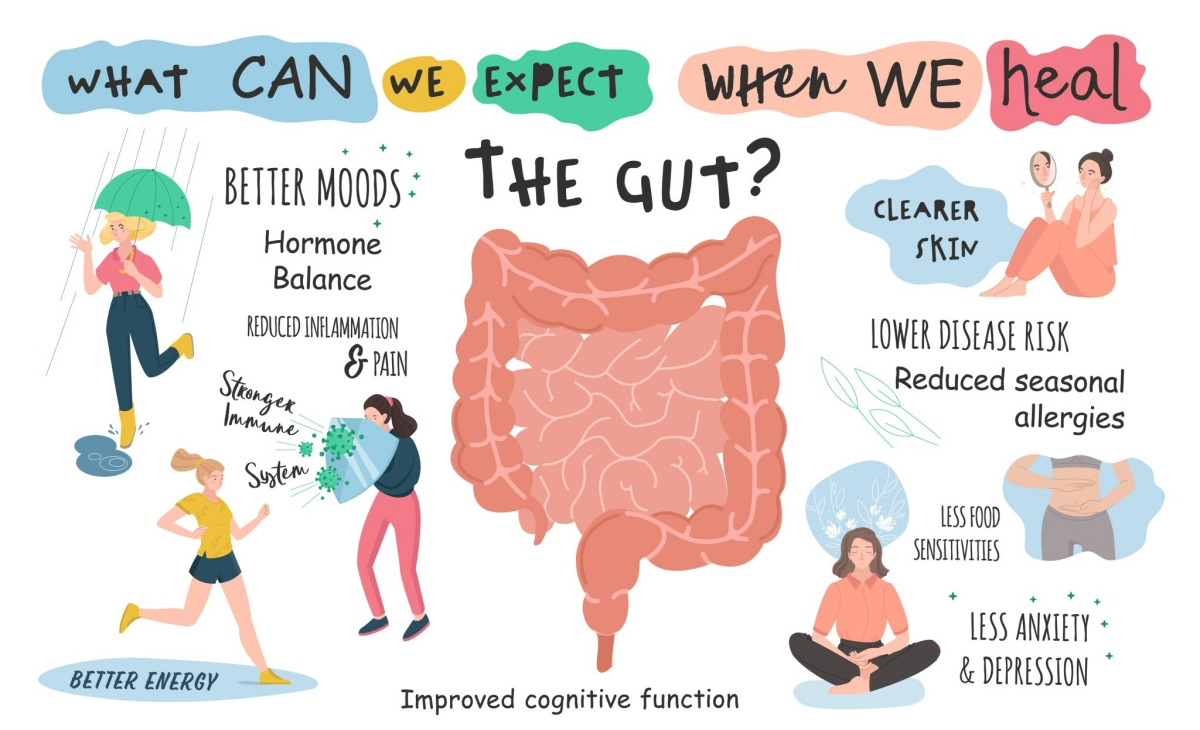
A quick tip: Make a big batch of potato salad (maybe with a Greek yogurt dressing instead of mayo) and let it chill overnight. That cooling process is what builds up the resistant starch. Same goes for using leftover rice in a salad the next day. For bananas, aim for firm and more yellow-green than spotty and ripe. The greener it is, the more resistant starch it has.
Lentils, Chickpeas, and Beans
Legumes are a cornerstone of a gut-healthy diet, offering both protein and incredible fiber. But yes, let’s talk about the gas. It happens because your bacteria are fermenting the fibers, which is actually a sign that the system is working! We just need to manage the, uh… side effects.
Here’s how to do it: 1. If you’re using dry beans (which are super cheap, by the way!), soak them in water for at least 8-12 hours. Then, dump that water and cook them in fresh water. It helps a ton. 2. Using canned beans? Pour them into a strainer and rinse them really well. This washes away some of the gas-causing starches (and extra sodium). 3. Don’t go from zero beans to a giant bowl of chili. Start with just a quarter-cup a few times a week. Your gut will literally build up the right team of bacteria to handle them more gracefully over time.
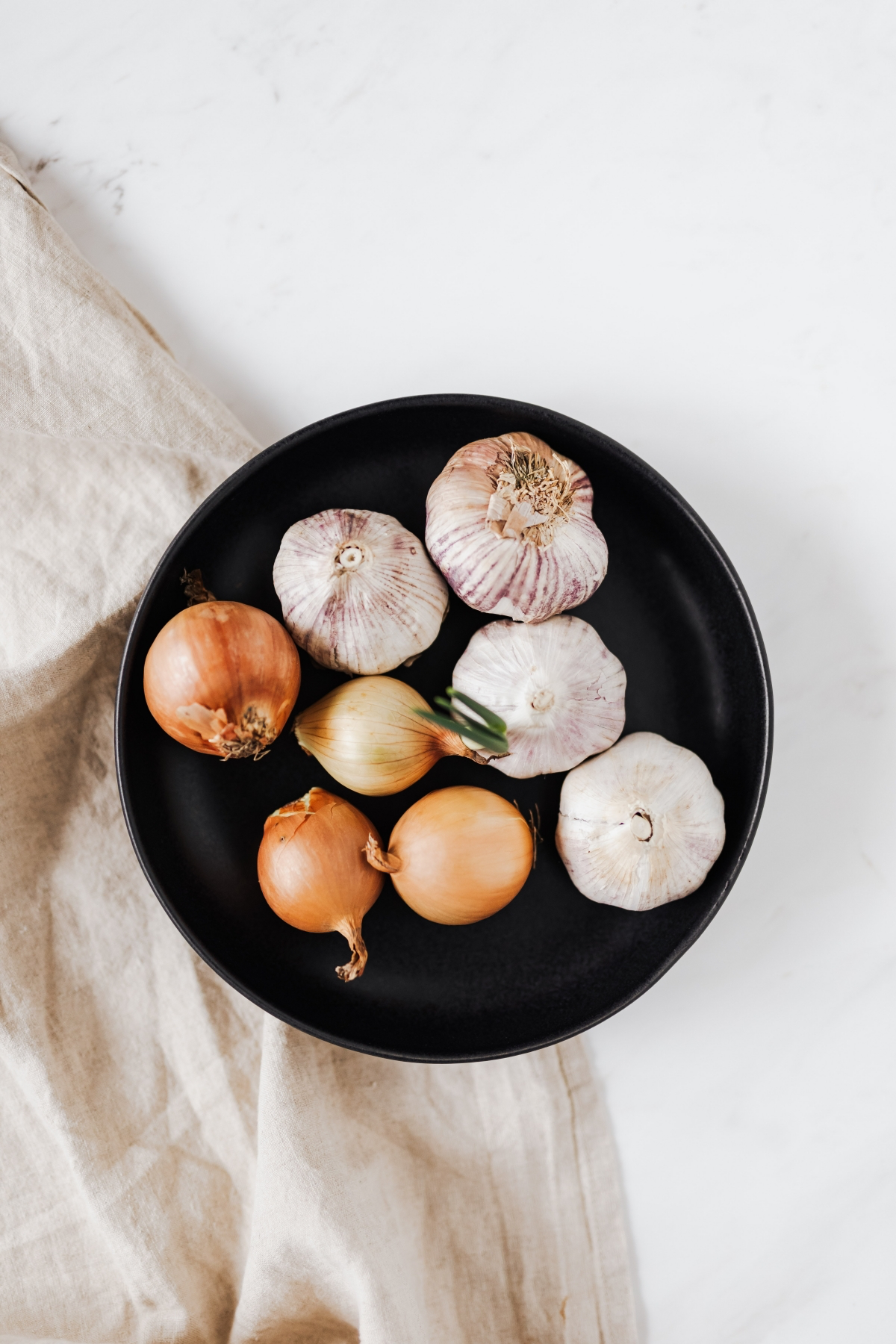
Step 2: Plant New Seeds with Probiotic Foods
Once you’re consistently feeding your gut with prebiotics, you can start introducing some new beneficial microbes. Fermented foods are your best bet here, but you have to know what to look for.
Yogurt vs. Kefir: What’s the Difference?
Yogurt is the classic choice. The key is to check the label for two things: “live and active cultures” and little to no added sugar. Flavored yogurts are often sugar bombs that feed the wrong microbes. Plain, unsweetened is always the way to go; you can add your own fruit for flavor.
Kefir, on the other hand, is like yogurt’s supercharged cousin. It’s a fermented milk drink that’s a bit thinner and tangier. While yogurt usually has a handful of bacterial strains, a good kefir can have dozens of different types of bacteria and beneficial yeasts. This gives your gut a much more diverse set of new seeds. To be safe, start with a small amount, maybe a quarter-cup (about 4 ounces), blended into a smoothie, to see how you tolerate it.
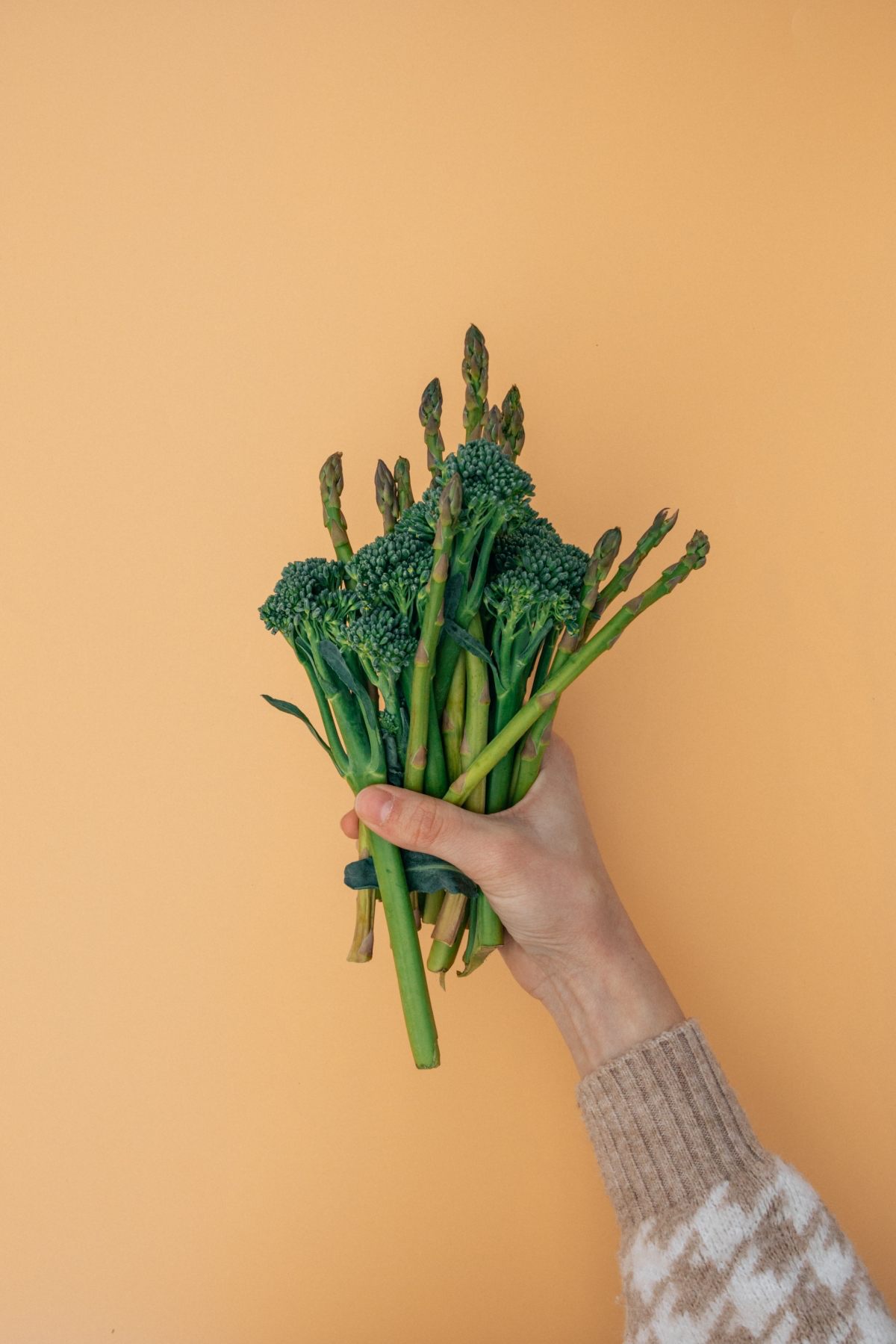
Sauerkraut, Kimchi & Real Pickles
This is where most people get tripped up. The pickles and sauerkraut on the regular supermarket shelf are usually made with vinegar and have been heat-pasteurized. That heat kills all the good bacteria, making them useless as a probiotic.
You need to buy the real stuff: raw, unpasteurized, fermented veggies. You’ll find them in the refrigerated section of the grocery store (often near the tofu or hummus). The ingredients list should be simple: cabbage, salt, water. That’s it. Kimchi, a spicy fermented cabbage, is another fantastic option with a different microbial profile.
Lesser-known trick & a budget tip: Making your own sauerkraut is ridiculously easy and cheap! A good jar of the raw stuff can cost $7-$10, but a head of cabbage is maybe $3. All you do is shred cabbage, massage it with salt until it gets watery, and pack it tightly into a jar. Submerge it in its own brine, weigh it down, and let it sit on your counter for a week or so. It’s a game-changer.
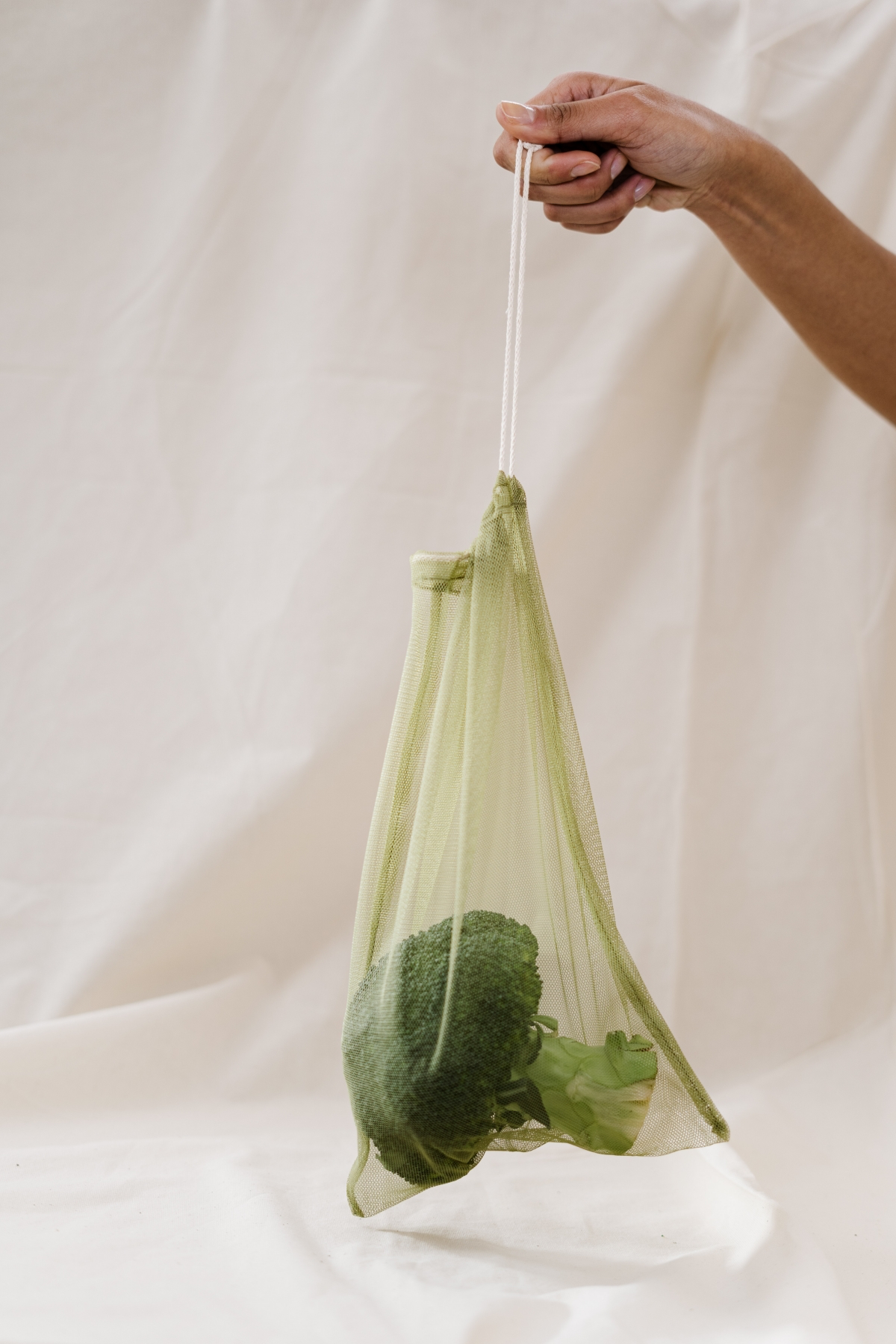
A Quick Word on Kombucha
Kombucha is a fermented tea that’s become super popular. It can be a good source of probiotics, but the commercial market is a minefield. Many brands add a ton of sugar or fruit juice after fermentation to make it sweet.
Always check the label. I tell my clients to stick with brands that have 5 grams of sugar or less per serving. Oh yeah, and heads up: because it’s fermented, kombucha has trace amounts of alcohol. It’s usually less than 0.5%, but it’s something to be aware of.
The ‘Extra Credit’ Stuff: Polyphenols & Omega-3s
Once you’ve got the basics down, you can add a couple of other things to really level up your gut health. Don’t stress about these at the beginning, though.
Polyphenols are the compounds that give plants their bright colors—think deep-blue blueberries, dark green tea, and the rich color of extra-virgin olive oil. Our gut bacteria love to munch on them and turn them into anti-inflammatory compounds. Even dark chocolate (70% cocoa or higher) is a great source!
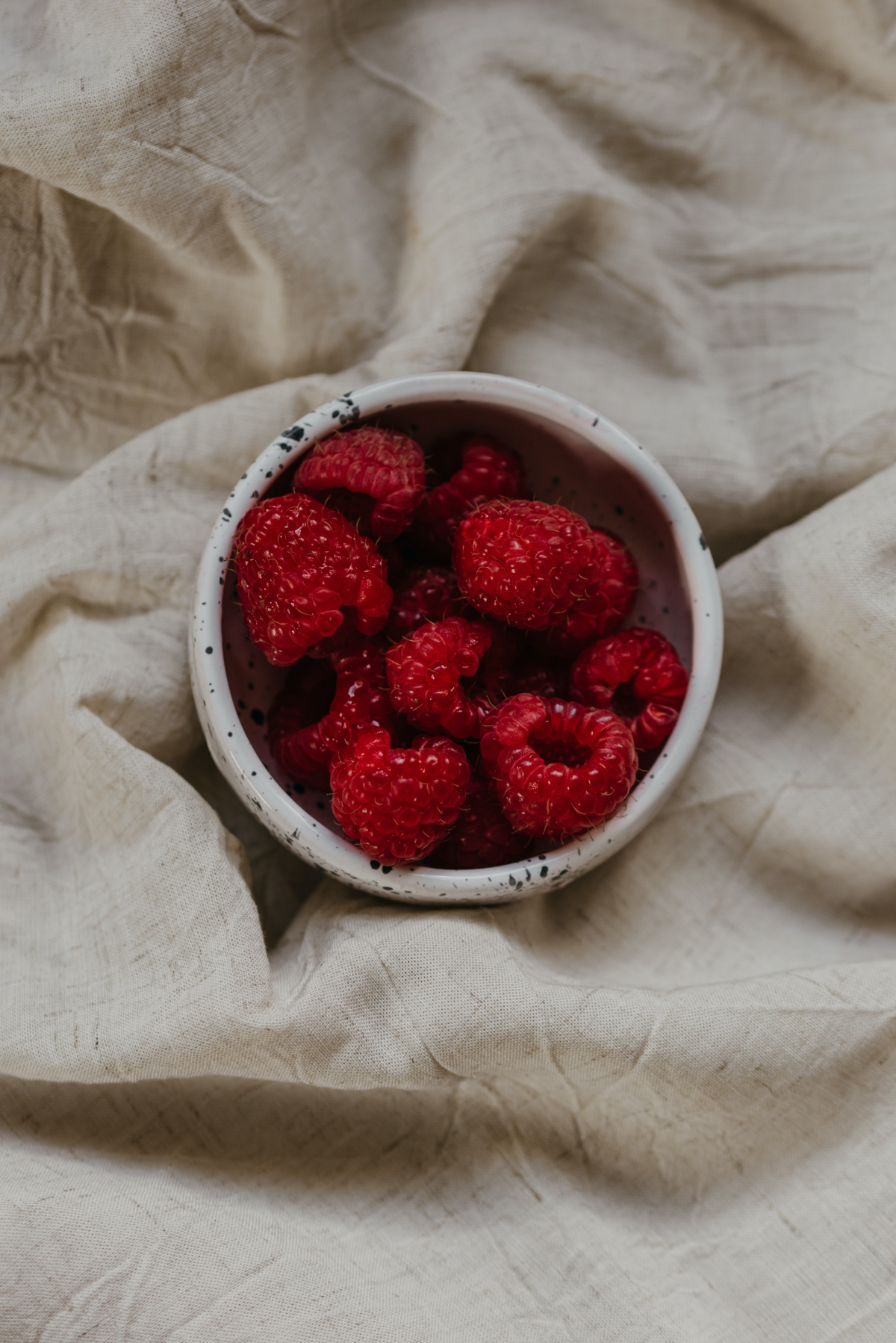
Omega-3 Fatty Acids, found in fatty fish like salmon and sardines, are incredible for calming down inflammation throughout the body, including in the gut. If you don’t eat fish, an algae-based omega-3 supplement from a reputable brand can be a good alternative.
Real-World Problems & When to Get Help
This is a journey, not a race. It’s totally normal to have some bumps in the road, but it’s critical to know when you need to see a professional.
Heads Up: You Might Feel a Little ‘Off’ at First
Sometimes, when you introduce all these new, healthy foods, there can be a… transition period. As the good bacteria move in and the less desirable ones die off, you might experience temporary bloating, brain fog, or fatigue. It’s often called a ‘die-off’ effect. It’s usually mild and a sign that things are changing. If it’s severe or lasts more than a week, ease back on the new foods.
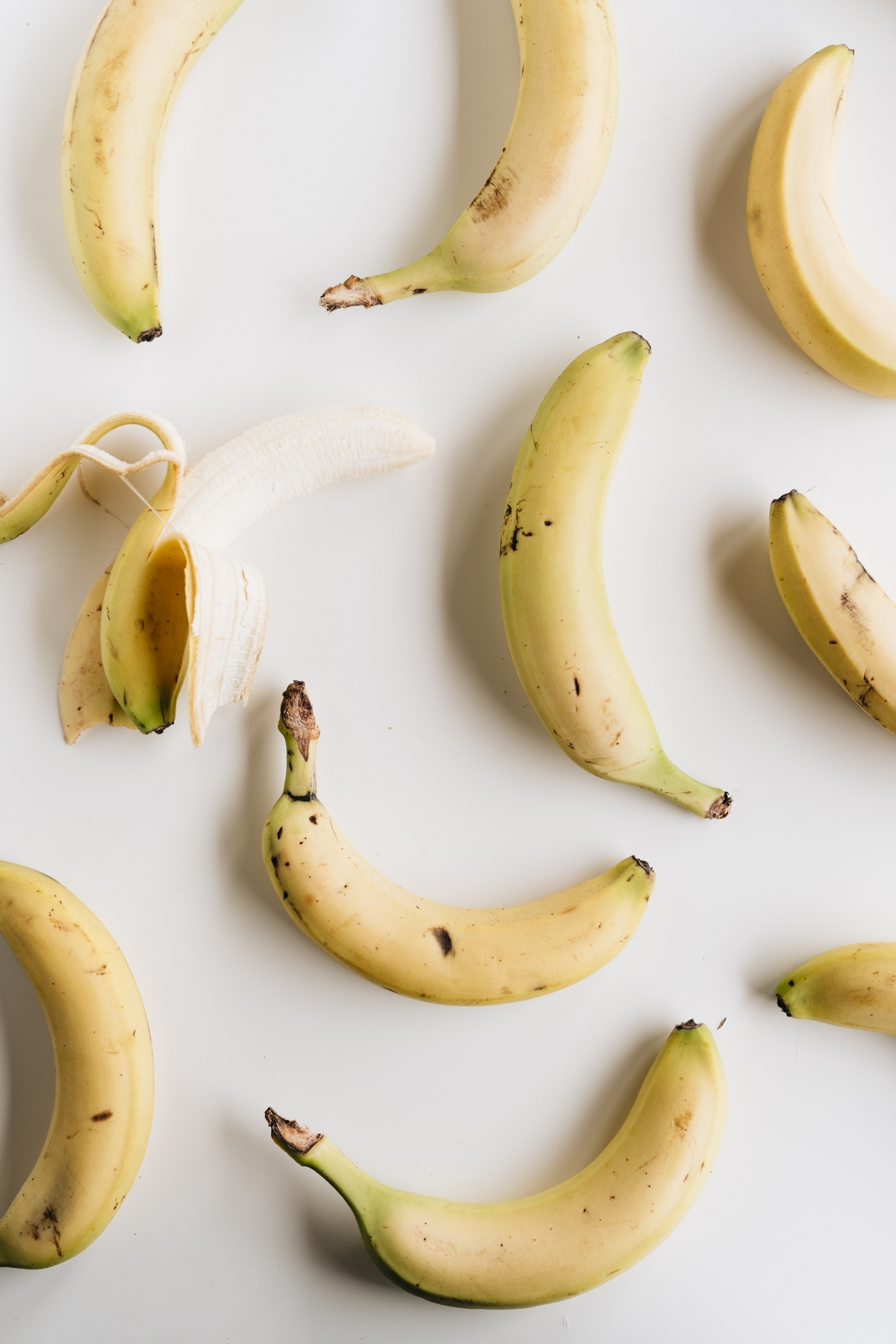
Safety Warning: These are Red Flags
Diet changes are powerful, but they are not a substitute for medical care. If you experience any of these, please see a doctor immediately: – Unexplained weight loss – Blood in your stool – Severe, persistent stomach pain – Chronic, debilitating diarrhea or constipation – Trouble swallowing These can be signs of serious conditions like Celiac Disease or Inflammatory Bowel Disease (IBD). Don’t try to fix these on your own.
Your Gut-Health Starter Plan
So, how does this all look on a plate? The goal is diversity. Try to eat 30 different plant foods each week. That sounds intimidating, but it’s easier than you think! That bag of mixed salad greens? That’s 3-4 plants right there. The herbs and spices you sprinkle on your food? They count! A handful of mixed nuts is another 3-4. Every little bit adds up.
Your First Step: A Quick Win for Today
Feeling overwhelmed? Let’s make it simple. Your mission, should you choose to accept it: add ONE new plant food to your dinner tonight. It could be as simple as adding a spoonful of rinsed canned beans to your salad, a side of sautéed onions, or a sprinkle of parsley on top. That’s it. You’ve started.
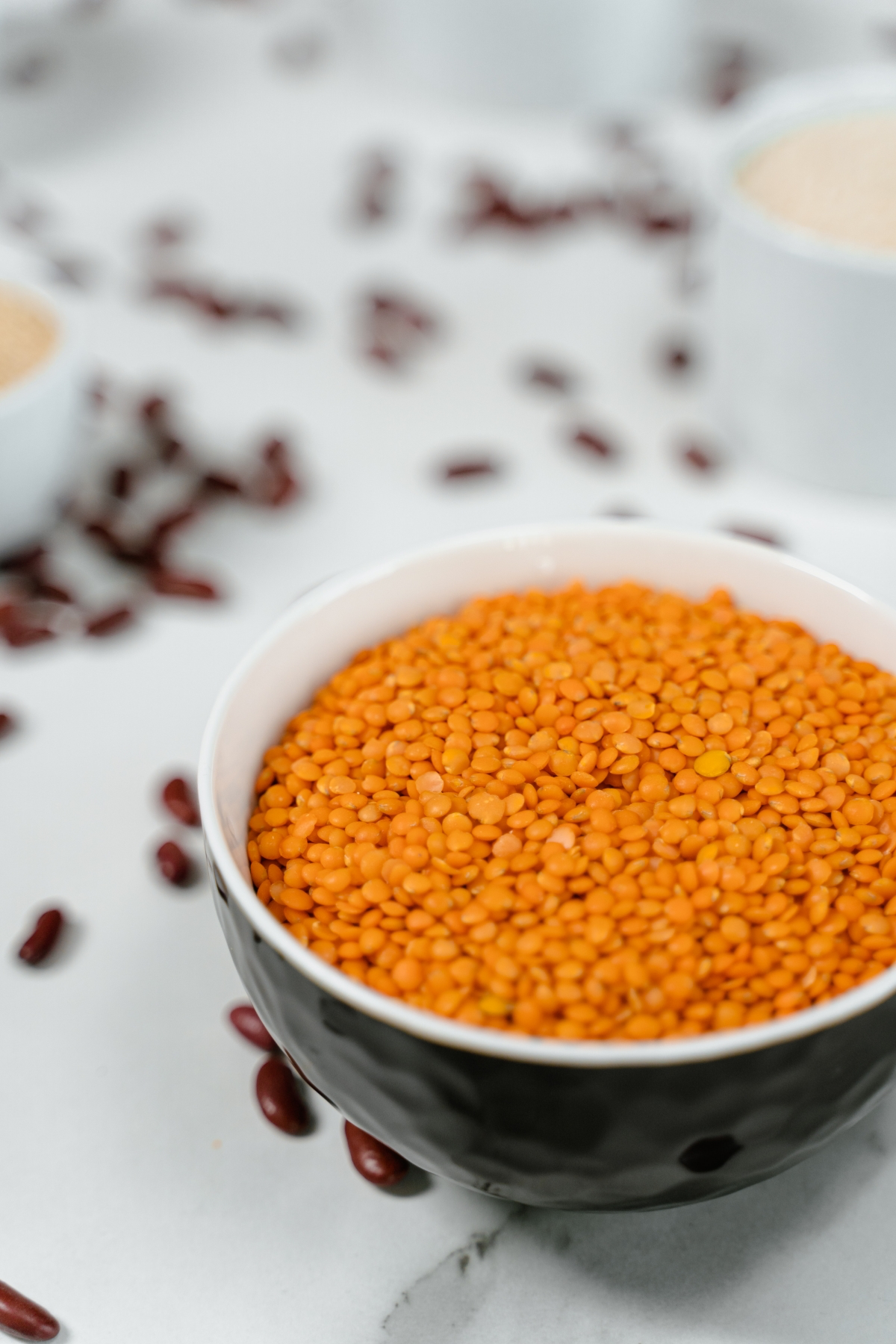
A Simple Gut-Health Shopping List
To make it even easier, here’s a list to get you going. No need to buy everything at once!
The Budget-Friendly Staples: Onions, Garlic, Leeks Cabbage (for salads or DIY sauerkraut) Carrots Lentils and dried beans Oats Plain Greek Yogurt Slightly green bananas
Worthwhile Splurges: High-quality Kefir (check the refrigerated section) Raw, unpasteurized Sauerkraut or Kimchi Jicama or Jerusalem artichokes (if you’re feeling adventurous!) Berries (fresh or frozen) Good quality extra-virgin olive oil
The journey to a healthier gut is all about patience, kindness, and consistency. You’re tending to a complex and wonderful garden. Give it the right tools, and it will absolutely flourish.
Inspiration:
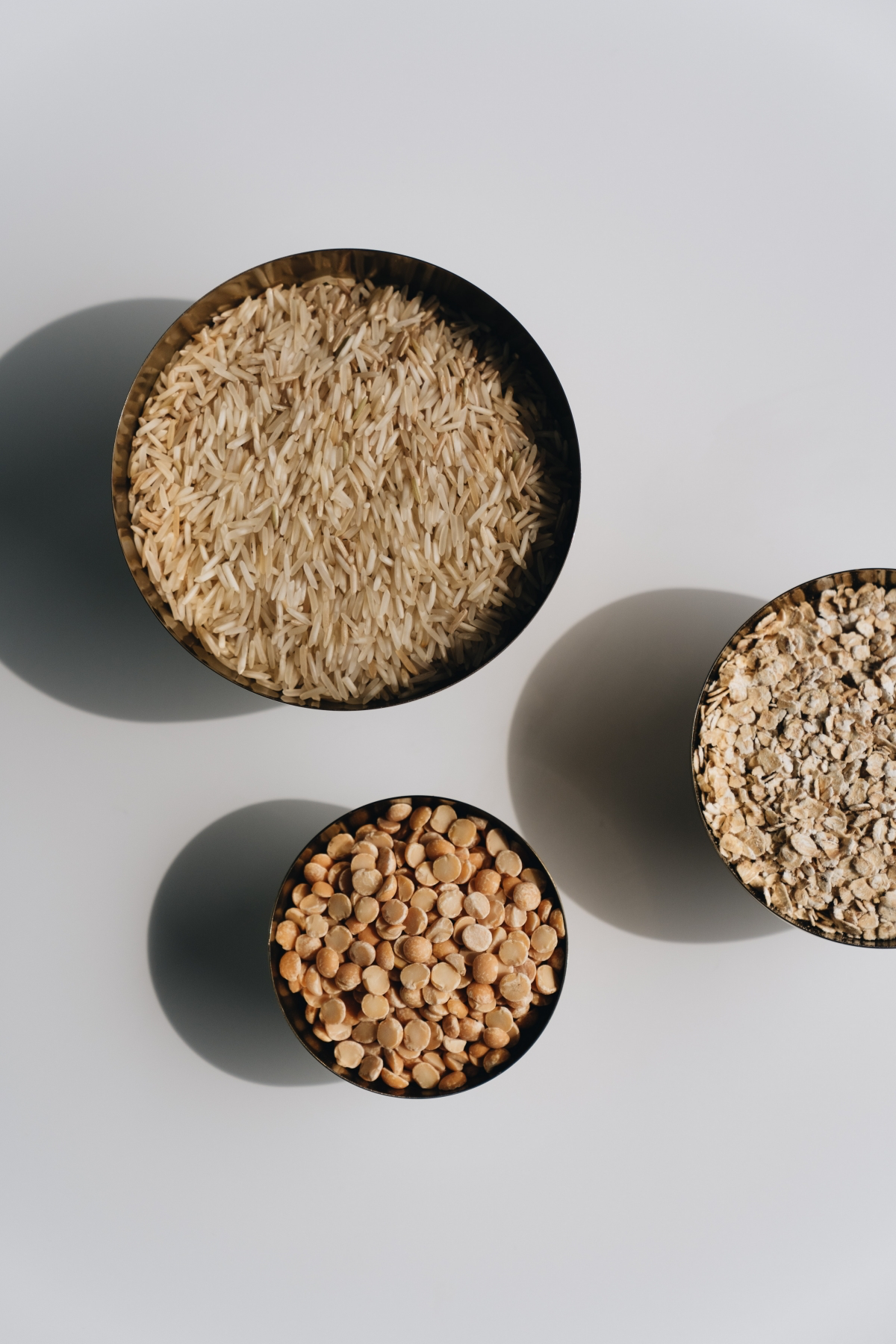
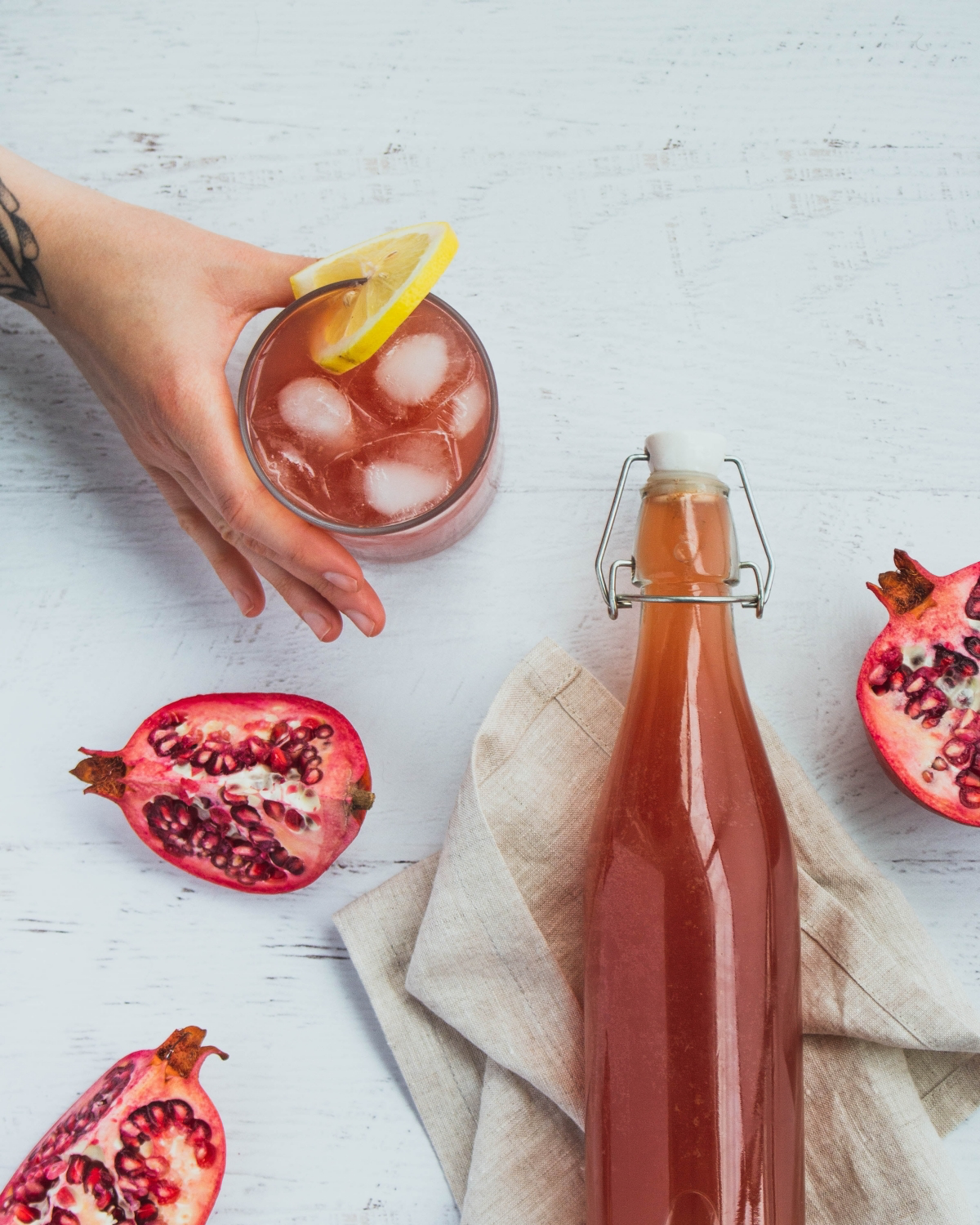
Tending to your inner garden also means gentle weeding. Before adding new things, consider what might be hindering growth. Ultra-processed foods, artificial sweeteners like aspartame, and excessive sugar can act like invasive weeds, disrupting the delicate balance of your microbiome and making it harder for beneficial microbes to thrive.

The single greatest predictor of a healthy gut microbiome is the diversity of plants in your diet.
This insight from Dr. Tim Spector, a leading expert in gut health, underscores a simple truth: variety is your superpower. Aiming for 30 different plant-based foods a week—including fruits, vegetables, nuts, seeds, and grains—is a tangible goal that dramatically nourishes your gut ecosystem.
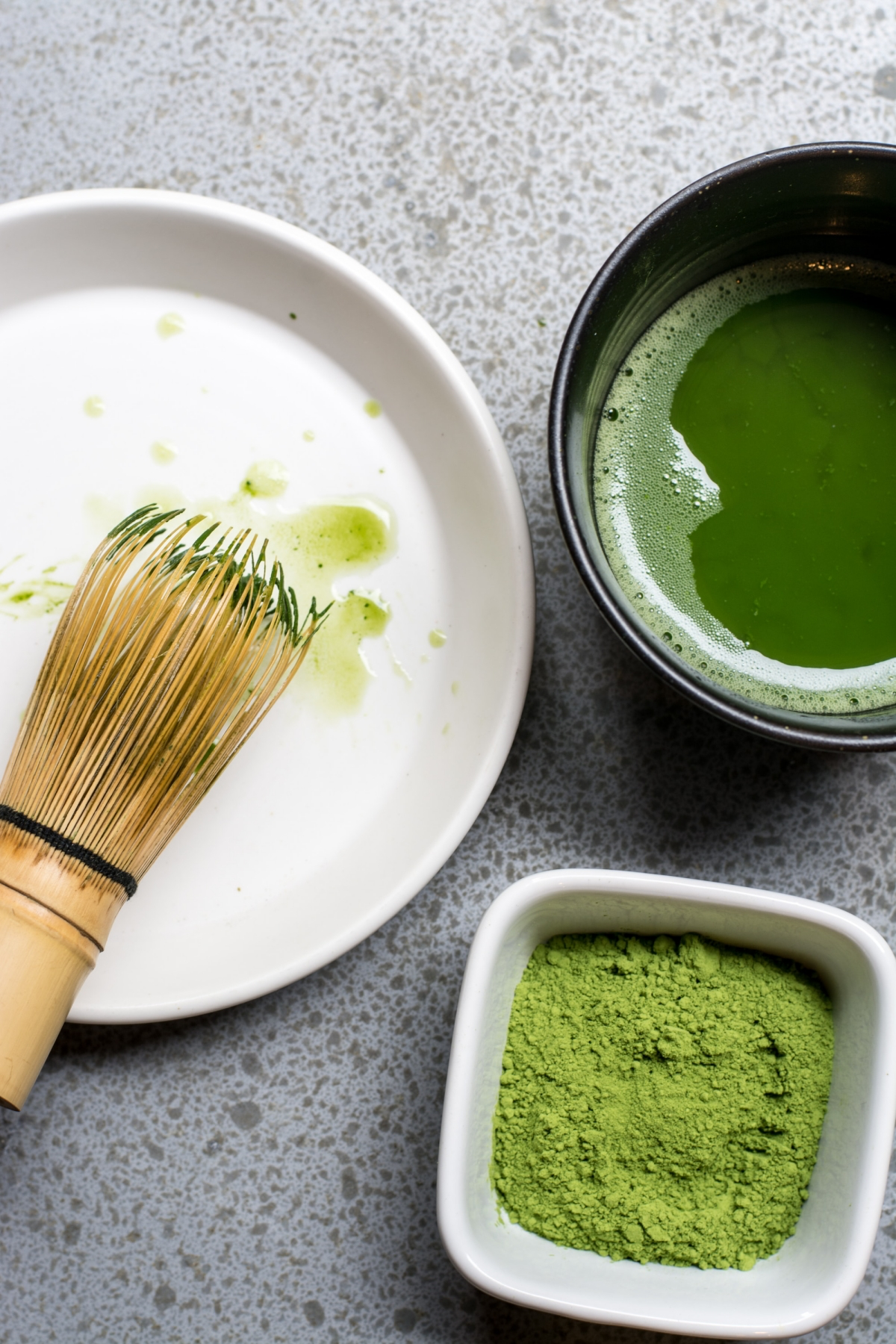
Can a bad night’s sleep really mess with my gut?
Absolutely. The connection is profound and bidirectional. Your gut microbes have their own circadian rhythm, just like you do. When poor sleep disrupts this rhythm, it can decrease the diversity of your gut bacteria. In turn, an imbalanced gut can interfere with the production of neurotransmitters like serotonin, potentially making it even harder to get quality sleep. It’s a cycle worth breaking with a consistent bedtime.
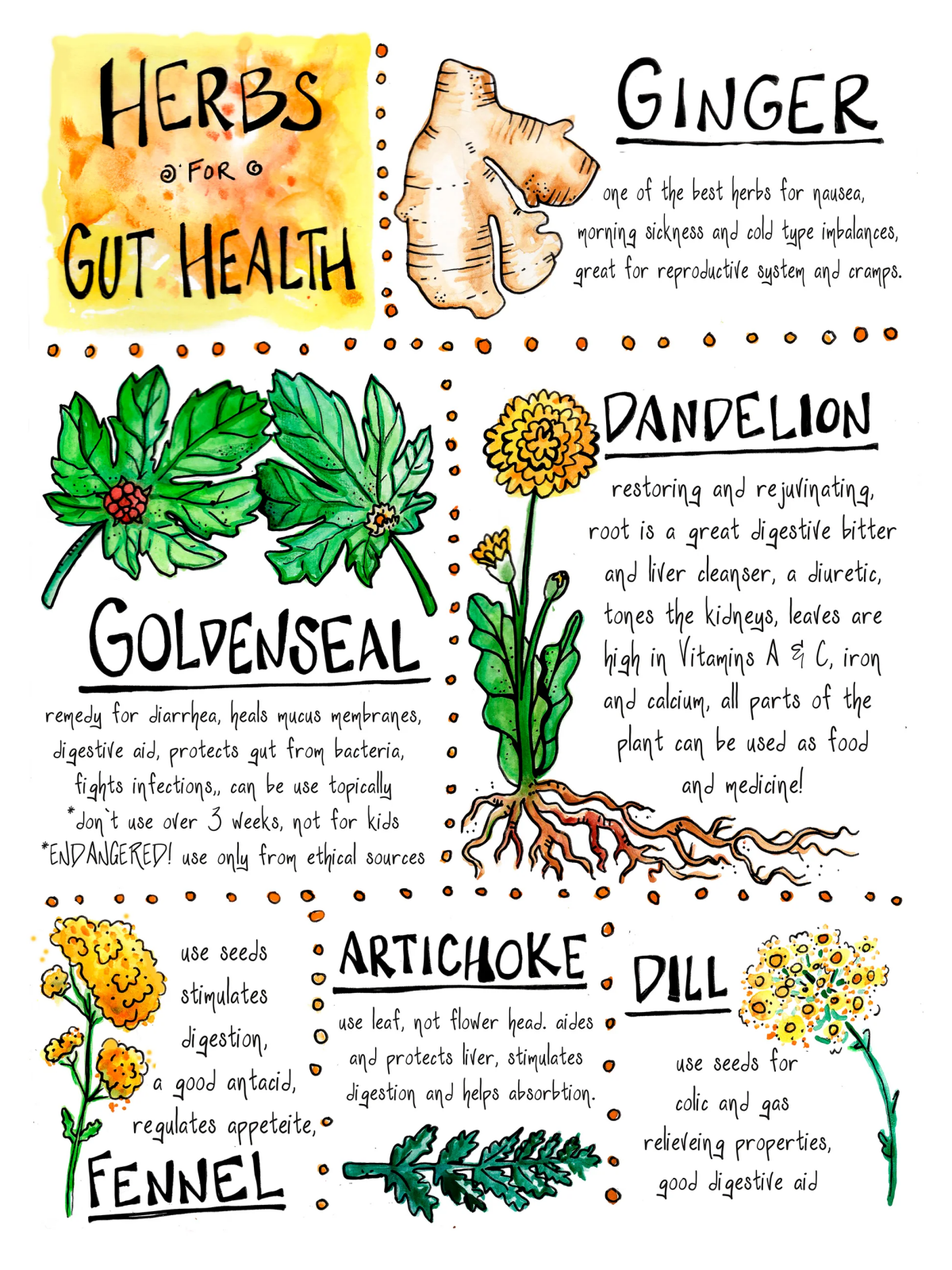
Ready to introduce some new ‘seeds’ into your garden? Fermented foods are a delicious and natural way to do it. Think beyond yogurt and explore:
- Kimchi: A spicy Korean staple made from fermented cabbage, it’s packed with a unique set of probiotics like Lactobacillus kimchii.
- Kefir: This fermented milk drink often contains a wider variety of beneficial yeasts and bacteria than yogurt. Look for plain, unsweetened versions from brands like Lifeway.
- Miso: A fermented soybean paste that adds a rich, umami flavor to soups and marinades, bringing with it fungi like Aspergillus oryzae.

Mass-Market Probiotic: Often contains a few common strains with a very high, but non-specific, CFU count (Colony Forming Units). It’s a general approach, like scattering a generic wildflower mix.
Strain-Specific Probiotic: Features clinically-studied strains identified by their full name (e.g., Lactobacillus rhamnosus GG) and linked to specific benefits. Brands like Seed with their DS-01® Daily Synbiotic or Culturelle’s Digestive Daily are examples that focus on strain verification and survival.
If you’re considering a supplement, look for this level of specificity to ensure you’re planting the right seeds for your particular garden.
- Reduces inflammation throughout the body.
- Feeds beneficial bacteria like Akkermansia muciniphila.
- Helps protect your gut lining from damage.
The secret to these benefits? It’s not a pill, but the vibrant colors in your food. Those deep reds in berries, rich browns in dark chocolate, and bright greens in spinach are signs of powerful antioxidant compounds called polyphenols. Eating the rainbow is the most beautiful way to fertilize your inner garden.










